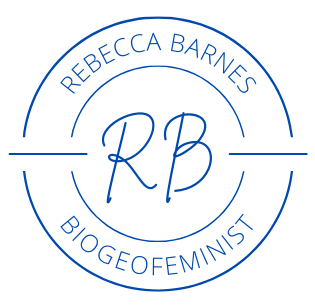Returning from a week of isotoping with friends in Utah, I am reminded of how great it is to have this awesome network of scientists – not only for scientific collaboration but also for figuring out #sciencelife.
Each year lots of scientists who love isotopes migrate to the University of Utah to participate in one of two short courses. IsoCamp – started in 1996 by Jim Ehleringer has trained hundreds of researchers on the fundamentals of isotopes and their application in ecological and environmental settings. In its sixth year, the SPATIAL (Isotopes in Spatial Ecology & Biogeochemistry) short course has added additional training opportunities and focuses on the application and integration of isotopic measurements with other types of data within a geospatial framework. I am very thankful to be part of this extended #sciencefamily

Erika Nunlist, Valerie Carranza, Amy Elson, Adrienne Ricker, Sophie Wilderotter at one of the many sampling sites along Big Cottonwood Creek
Each year I get to work with a new group of students – often there are one or two students of colleagues or classmates of mine from yester-year – which always reminds me of just how connected we all are and how awesome it is to do science with colleagues who are also friends. Connections galore:
- Oberlin connection this year via Keith O’Connor who is a PhD student with Melissa Burke at Notre Dame
- Colleague connection via Emily Joyce (IsoCamp18) who is a PhD student with Meredith Hastings and also hangs out with the awesome Sydney Clark (SPATIAL17)
- and of course Dr. Lacey Pyle – recently minted PhD from Carrie Masiello‘s Lab at Rice
The students are always awesome, full of isotope enthusiasm, and holysmokes are they smart! Each hour you spend in a van or at a meal you are learning something.
This year was no different. I had an awesome all #badassladyscientist group in week 1. I learned about grizzlies and moths from Erika, frogs and badgers from Adrienne, methane fluxes from Valerie, cranberry bogs from Sophie, and the Green Mountain formation from Amy – and really that is only the beginning of what they know. For their week 1 project they decided to examine year over year differences in the longitudinal isotopic profile of water in Big Cottonwood Creek as related to snow pack (using SNOTEL data). They illustrated their spatial-iso-prowess on Saturday when they they presented their statistically savvy results using lyrics from the Spice Girls.
In addition to getting to work with great students I am surrounded by other instructors who have become my friends. As Gabe Bowen (SPATIAL mastermind extraordinaire) says on the first day of class, “I invite people I like to this class, there will be no assholes.” He is right. Gabe creates an environment where students and instructors are respected and learn together. Each year I interact with a different instructors and I can honestly say that I have had really interesting conversations about life and science with each one. I always leave SLC with new ideas for projects, approaches to teaching, and a bit of isotope envy. Gabe has managed to create an environment where data and people are respected and admired. It is what science should be.
I am so very happy to say that these are my people. After you watch Clement Bataille‘s amazing song about strontium you will feel similarly:
Seriously how can you not want to measure strontium isotopes after this. Amazingness by @cbataill! #SPATIAL18 week 2 instructors you better up your game! pic.twitter.com/GNFyRCwdty
— Rebecca Barnes (@waterbarnes) June 16, 2018


Comments are closed